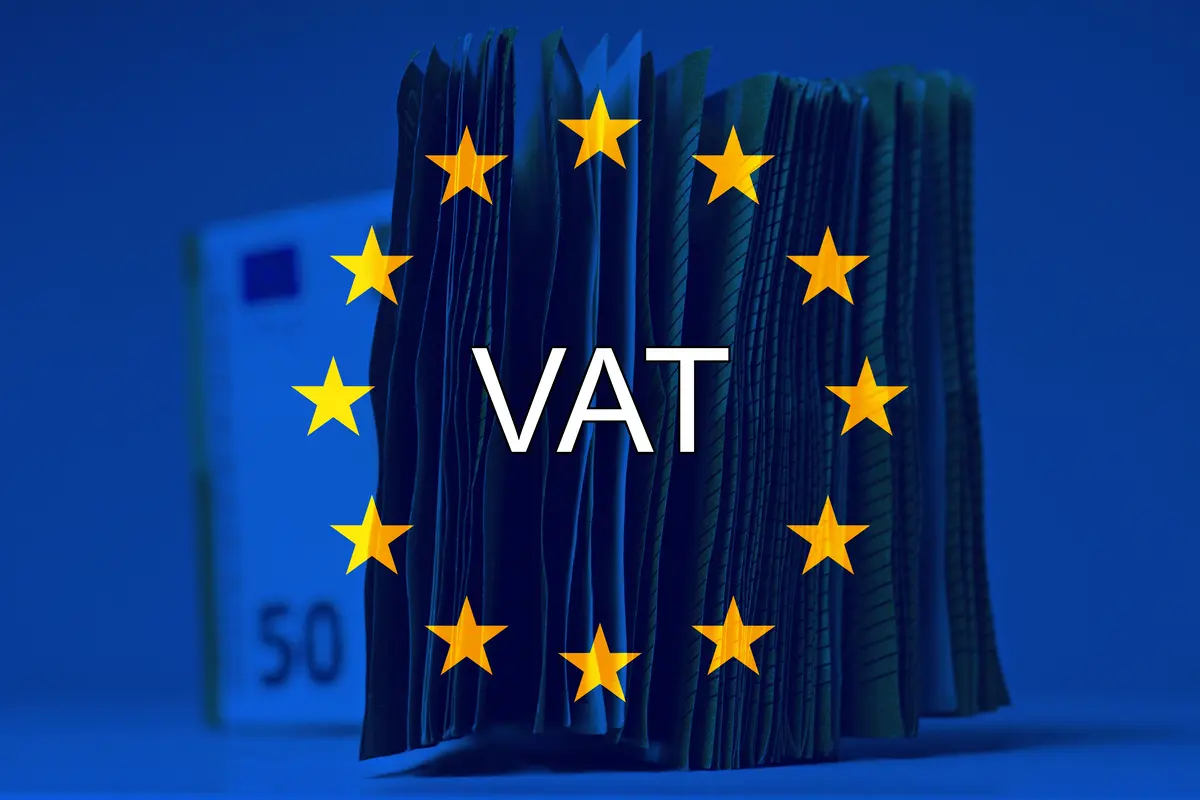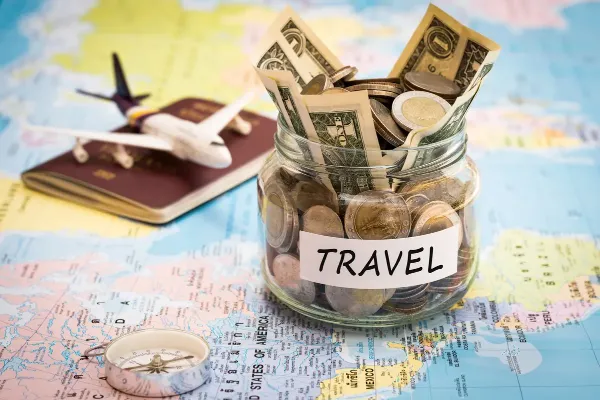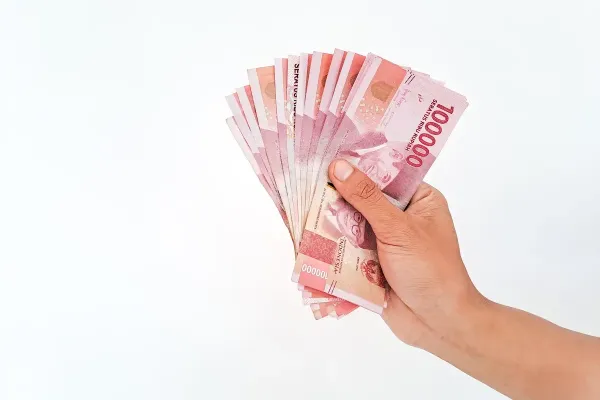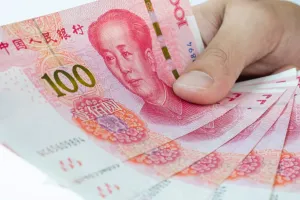Understanding VAT refunds in Europe: A guide for Australian shoppers
Shopping in Europe?, Learn how to claim your VAT refund and make the most of your purchases as an Aussie traveller.

Table of contents:
Shopping in Europe is one of the great joys of travel — from fashion houses in Paris to leather goods in Florence and boutique design in Copenhagen. But did you know that as an Australian traveller, you could get a significant portion of your spending back through a VAT refund?.
This guide explains exactly how to claim a VAT refund in Europe, who’s eligible, and how to maximise your savings. Plus, we’ll show you why planning ahead — especially when it comes to reserving your euros — can make your entire shopping experience smoother and more affordable.
What is VAT and how does it work?
VAT (Value Added Tax) is a consumption tax that’s included in the price of most goods and services in European countries. VAT rates typically range from 17% to 27%, and are already built into the prices you see on the tag — so there are no surprises at checkout.
As a non-EU resident, you may be eligible to reclaim the VAT you pay on qualifying purchases when you export them home. It's not automatic — but it's worth the effort, especially for high-value shopping.
Who can claim a VAT refund in Europe?
To qualify for a VAT refund in most European countries, you must:
- Be a non-EU resident (e.g. hold an Australian passport).
- Make purchases from a VAT-registered retailer.
- Spend above the minimum threshold (varies by country).
- Export the goods within three months of purchase.
- Provide the required receipts and VAT refund forms.
- Validate your purchases at customs before leaving Europe.
It's also important to show proof of travel — such as a boarding pass — and be ready to present the goods upon request when departing the EU.
How to claim a VAT refund – Step by Step
Claiming a VAT refund while travelling through Europe isn’t complicated, but it does require you to follow specific steps and stay organised. From the moment you make your purchase to the moment you leave the EU, each stage plays a key role in ensuring you receive your refund.
Here's how to do it the right way:
1. At the point of purchase
When you're shopping in Europe, always check whether the store offers VAT-free shopping or participates in a tax refund program. Not all retailers do, so it's best to ask before completing your purchase. If the answer is yes, let them know you're a non-EU resident and present your Australian passport.
The retailer will then issue you a VAT refund form, which you'll need to keep, along with your receipt. Make sure the form is correctly filled out with your details, as incomplete paperwork may result in your refund being rejected.
2. Before leaving Europe
At your final point of departure from the EU — typically the last airport you fly out from — you’ll need to have your documents validated. This usually means visiting a customs desk or VAT refund counter before checking in your bags.
Have your goods available (they may ask to inspect them), along with the original receipts and VAT forms. Customs officials will stamp your documents as proof that the items are being exported. Without this stamp, refund agencies won’t be able to process your claim.
3. Receive your Refund
Once your forms have been validated by customs, you can proceed to the tax refund counter inside the airport.
There, you’ll submit your documents and choose how you’d like to receive your refund — either in cash, credited to your card, or via bank transfer. If you miss the refund desk or it’s closed, you may still be able to post the stamped forms to the provider after your trip. Just be sure to check the mailing instructions and time limits, as they vary depending on the refund company.
Country-specific VAT rules to know
Each country has its own VAT rate and minimum spend threshold for tax-free shopping:
- France: 20% VAT, minimum €100 per store per day.
- Italy: 22% VAT, minimum €154.94 per store.
- Germany: 19% VAT, no official minimum, but stores often set their own.
- Spain: 21% VAT, minimum €90.15 per store.
- Netherlands: 21% VAT, approx. €50 minimum per day.
Check local rules before you shop to avoid disappointment — and ask retailers about their specific policies.
Tips to maximise your VAT refund
A few simple strategies can help you save more and avoid issues when claiming your VAT refund. Keep these practical tips in mind to ensure a smoother process and maximise what you get back.
- Shop at fewer stores: Consolidate purchases to reach the minimum refund threshold.
- Keep everything organised: Store all forms, receipts and boarding passes together.
- Leave extra time at the airport: VAT refund queues at major EU airports can be long.
- Be aware of admin fees: Some refund agencies take a small percentage from your total.
- Use digital systems: Countries like France offer automated validation (e.g. PABLO kiosks) to skip manual customs stamping.
And most importantly: budget for your trip using euros to avoid unnecessary fees abroad.
Why currency matters for Australian shoppers in Europe
When shopping abroad, the way you manage your money is just as important as what you buy. That’s why it's best to prepare for your trip by reserving your travel money online in advance.
With Prosegur Change, you can:
- Lock in excellent AUD to EUR exchange rates
- Enjoy 0% commission
- Collect your currency at major Australian airports
This “reserve and collect” service is a fast, safe, and smart way to travel — especially when you want to be ready for your European shopping adventure.
Trusted by Prosegur with over 30 years of experience, we help Aussie travellers feel confident and well-prepared from take-off to landing.
If you're travelling to Europe and planning to shop, it's normal to have questions about how VAT refunds work. Here are some of the most common queries Australians have — answered clearly to help you feel confident before you go.
Common questions about VAT refunds in Europe
Request a VAT refund form at eligible stores, get it validated at customs before you leave the EU, and submit it to the appropriate refund agency.
Yes — if your forms were stamped by customs before departure, you may still post them to the tax refund provider.
Yes, most countries require the forms to be submitted within 3 months of the purchase or before the end of the quarter. Always check local rules.
Most physical goods qualify (clothing, electronics, jewellery), but services, food, and accommodation typically do not.
Absolutely — for high-ticket items, the refund can be significant. Just ensure you're prepared with the right documents and enough time at the airport.
Ready to shop smarter in Europe?
Shopping across Europe can be rewarding — and even more so when you know how to claim your tax back and stretch your money further. From understanding VAT rules to managing your euros efficiently, a little planning goes a long way.
So before you pack your bags, reserve your euros online with Prosegur Change and collect them at the airport before you fly. With 0% commission, great rates and over 30 years of trusted service, we’ll help you get the most from your next European shopping trip.
-
Currency rules for travelling to China
November 11, 2025
-
Money rules for Aussie travellers visiting China together
October 2, 2025
-
Travel money regulations for Australians visiting New Zealand
September 18, 2025






